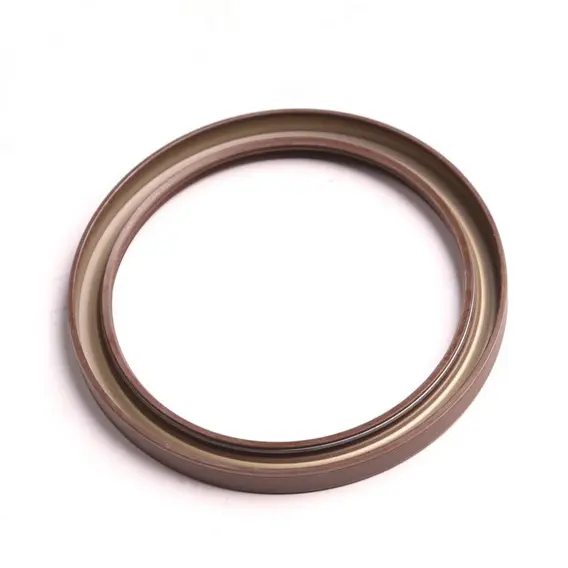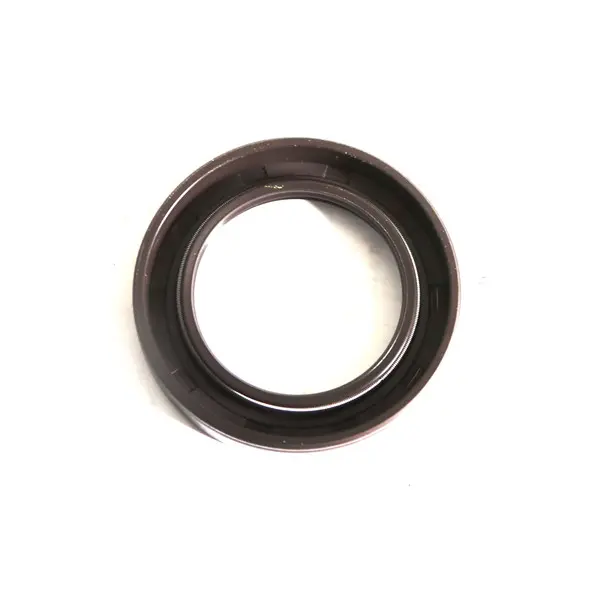1 月 . 07, 2025 10:09 Back to list
High-Quality Oil Seals for Optimal Performance
In the intricate world of machinery where precision and reliability are key, oil seals play a pivotal role in ensuring efficient operation. These seemingly simple components serve as gatekeepers, preventing the leakage of lubricants and the ingress of harmful contaminants. Understanding their function, selection, and maintenance is essential for anyone involved in mechanical engineering or industrial maintenance.

Oil seals, also known as rotary shaft seals, are designed to close the spaces between stationary and moving components in mechanical equipment. They maintain the lubricants inside and prevent dirt, dust, and other contaminants from entering. This dual functionality is critical in prolonging the lifespan of machinery and enhancing performance by reducing the likelihood of wear and corrosion.
In terms of materials, the construction of oil seals varies to suit different applications and environments. Common materials include nitrile rubber, Viton, silicone, and Teflon. Nitrile rubber is often used for general purposes due to its resistance to wear and moderate heat. Viton seals, on the other hand, are ideal for high-temperature applications and exposure to harsh chemicals. Silicone and Teflon seals offer excellent temperature and oil resistance, making them suitable for extreme conditions.

Selecting the right oil seal requires a thorough understanding of the operational environment. Factors such as temperature, pressure, speed, and chemical exposure must be considered. For high-speed applications, seals with low friction and high wear resistance are preferred. Meanwhile, in areas with extreme temperatures, selecting a seal material that can withstand such conditions without losing integrity is crucial.
Installation and maintenance are equally important in ensuring the efficacy of oil seals. Proper installation begins with ensuring that the shaft and housing are clean and free of burrs or sharp edges that might damage the seal. It is also essential to use the correct installation tools to avoid seal deformation. Regular inspection and replacement based on wear and tear are necessary to maintain optimal performance. Signs of seal failure include lubricant leakage, unusual noise, and increased vibration.
oil seals
From a cost perspective, investing in quality oil seals can result in significant savings over time. Although they might appear as minor components, their ability to prevent equipment downtime and costly repairs underscores their value. Ensuring that the correct seals are used and maintained can lead to longer equipment life, reduced maintenance costs, and improved operational efficiency.
The expertise involved in dealing with oil seals is not just limited to selection and maintenance. Engineers and technicians must stay informed about the latest advances in seal technology and materials. New developments, such as advanced polymer composites and specialized coatings, offer higher resistance and longevity. Being knowledgeable about these innovations can give businesses an edge in machinery performance and reliability.
For industry insiders, understanding the nuances of oil seals extends beyond functionality. It involves acknowledging their impact on energy efficiency and environmental sustainability. Properly functioning seals prevent leaks that can result in wasted resources and environmental contamination, aligning with global efforts toward greener industrial practices.
In conclusion, oil seals might be small mechanical components, but their importance in machinery cannot be overstated. Selecting and maintaining the right oil seals is a task that requires a blend of experience, technical knowledge, and foresight. For engineers and technicians, mastering the intricacies of oil seals is integral to ensuring machinery performance, reliability, and sustainability in today’s technologically advanced industries. Investing time and resources into understanding and applying these principles not only enhances machinery longevity but also fortifies a company’s reputation for excellence and reliability.